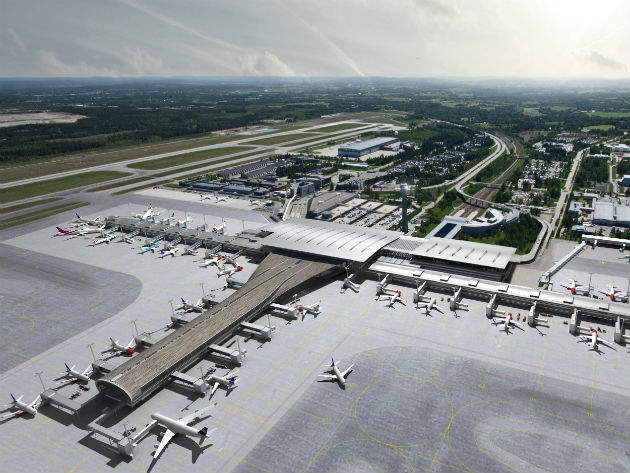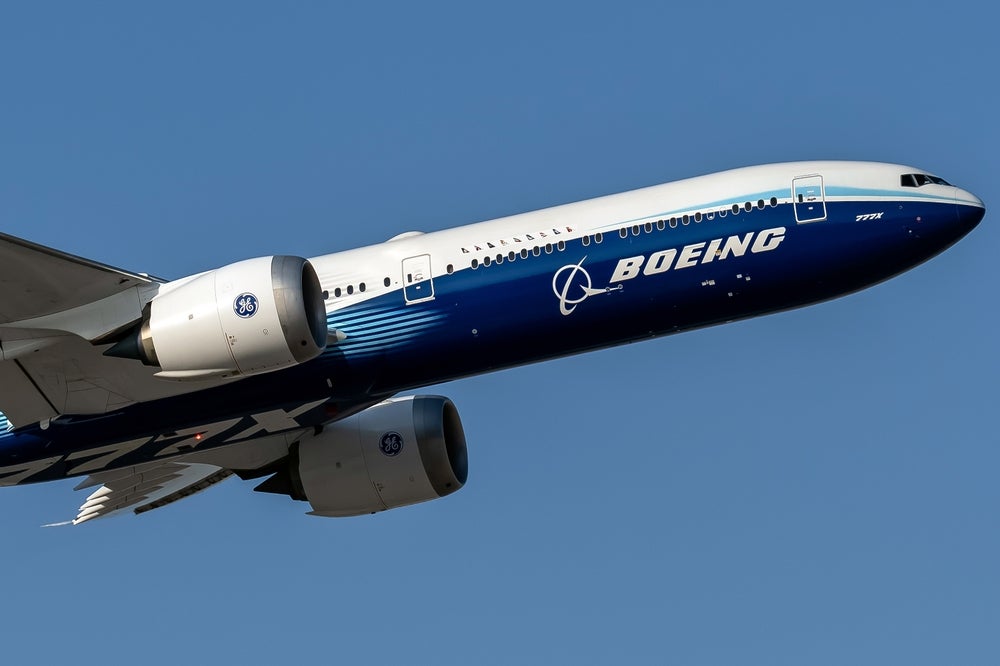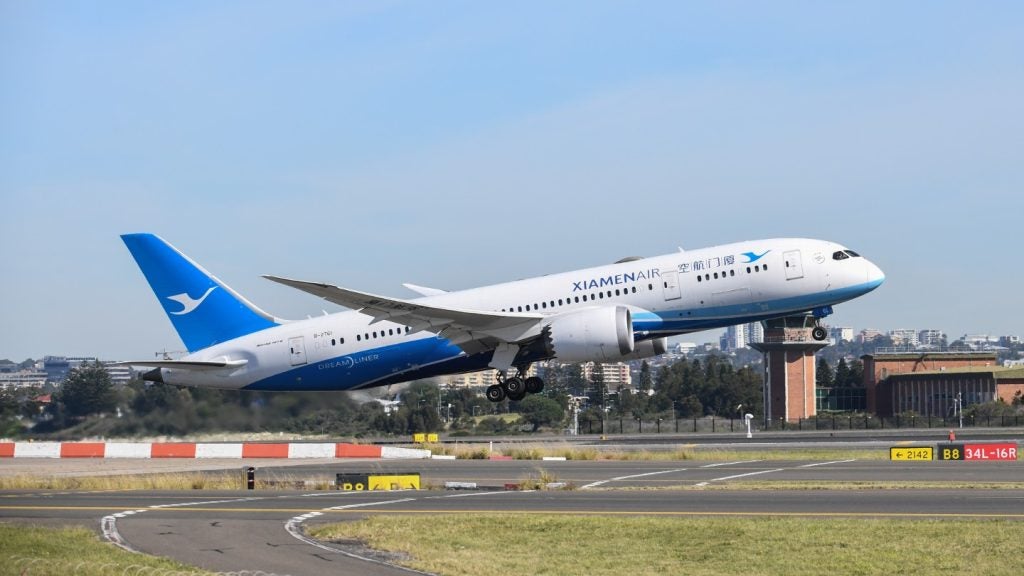

An environmentally friendly airport might sound like an oxymoron, but the Avinor-run Oslo Airport can now make this claim after its seven-year expansion project to double capacity to 32 million passengers per year and provide an extra 117,000 square metres of space, 11 new jet bridged gates and 10 new remote aircraft parking spaces, was given the green stamp of approval by BREEAM, the world’s foremost environmental assessment method and rating system for buildings.
The project, which was managed by ÅF Advansia AS and completed in April, made sustainability a focus right from the start. But implementing meaningful emission reductions and long-term environmentally friendly solutions – rather than just ‘green-washing’ – was a huge challenge, as Asbjørg Næss, the project’s head of environmental concerns, explains.
Heidi Vella: For this project, why was it important to have a high focus on sustainability?
Asbjørg Næss: Aviation contributes significantly to greenhouse gas emissions, so Avinor thought it important to go greener, especially because big projects like this can have a big environmental impact.
Avinor also learned that a sustainable eco-friendly airport is a good business case. I think they were surprised that financial institutions focus a lot on the control of environmental risks and this programme, with all the sustainability targets, helped them get good finance.
HV: When designing an airport to be sustainable and eco-friendly, where do you start?
How well do you really know your competitors?
Access the most comprehensive Company Profiles on the market, powered by GlobalData. Save hours of research. Gain competitive edge.

Thank you!
Your download email will arrive shortly
Not ready to buy yet? Download a free sample
We are confident about the unique quality of our Company Profiles. However, we want you to make the most beneficial decision for your business, so we offer a free sample that you can download by submitting the below form
By GlobalDataAN: The airport was originally built in the 1990s and even then, there was a focus on pollution control because it is situated on a ground water resource. For this project, Avinor wanted to take the environmentally friendly and eco standards much further, but they weren’t entirely sure what they wanted.
So, as a team we made a programme focusing on environmental targets in different fields. For example: no hazards in materials, CO2 emissions from materials production should be much lower than comparable buildings. We also decided to make it adhere to the BREEAM certificate level ‘Excellent’.
HV: Which of the green elements of the expansion are you most proud of?
AN: I am proud of many things, but particularly that we managed to get BREEAM Excellent, and with a very good margin.
I’m very proud of the low carbon energy supply. We keep the snow from winter under sawdust and in summer when it melts use the cold water for cooling the internal building. We have so much snow in the winter we usually don’t know what to do with it but now we are using it as a resource.
For heating we use grey water and the ground water under the airport. The terminal is also designed as a ‘passive house’ which is a German concept; it means the building is designed so it needs less energy. In Norway you get a fund for building a passive house, which we received.
We also have good insulation throughout the whole building; the windows minimise energy loss, and we have a solar screen to keep the sun away when it is really sunny.
HV: Was it difficult to source environmentally friendly materials?
AN: We are proud that we won an award on how to purchase environmentally friendly materials. We calculated the reduction from CO2 emissions from producing our materials and we have reduced it by 43%. This is due to the extended use of wood – all the beams holding the roof are [made of] wood, as well as the floor and part of the roof. We are also proud of using low carbon concrete everywhere and have reused metals for reinforcements and construction.
Also, 91% of all the waste we produced was sorted to be reused. We had to build a lot of preliminary construction so travellers didn’t have to walk through a construction site. Much of this we managed to reuse or give away for new uses. One such structure has become a museum for vintage cars.
We also built many taxiways, and because we had to tear down a lot of concrete to make way for the terminal building, we crushed this concrete and used it to build the new taxiways. This saved money and the environment, so it was a win-win situation for us.
HV: Does incorporating sustainability make the design and construction process more challenging?
AN: No – we delivered on time and on budget. However, one important point here is that someone in the project needs to own those sustainability goals; they need to manage them throughout because there are many people involved in any one project and not everyone is going to know that a certain product holds risks to the environment, they may not understand, so there needs to be a specific person in charge to tell them.
One of our main success factors was that we anchored these targets within the executive board from the beginning and the board was regularly asking for results on sustainability throughout. They brought enthusiasm and this helped us achieve our success.
HV: Is it hard to go from having good ‘green’ intentions to delivering them?
AN: That’s right, many projects have good intentions but they don’t follow them up. It was the opposite with us.
The BREEAM standard proves our claims, but even so, not all our environmental targets are part of BREEAM; we have some targets that are not, but BREAM has helped us to push all our environmental targets through the project.
We had to be at the table when environmental issues were being discussed and decisions made. Many people had to change their mindsets because they hadn’t been in a project with such advanced targets on sustainability before. There are some people who would rather do what they did before, but our targets needed innovation. So sometimes it was necessary to deliver some tough medicine to change attitudes, but that was seldom, I would say.
Furthermore, it was in the contract that materials, such as wood and concrete, had to meet certain sustainable claims and we checked documentation in advance of it being purchased because if it had arrived at the airport and didn’t meet the requirements it would have been too late.
HV: As this project was a success, do you think Norway will see more like it?
AN: This puts Norway in a good position for the future so that this is not the last eco-friendly project on this scale being built in the country. I and all our contractors are better prepared for the next project.
I think this is something other airport developers in other countries should listen to; it is smart and it is good business.





